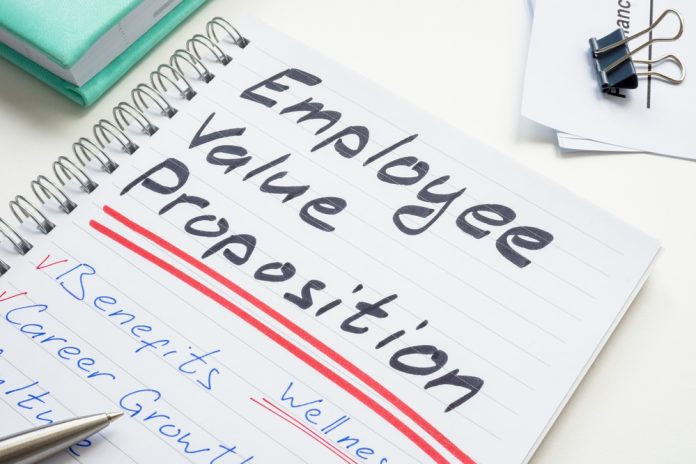
As training leaders, we know that retaining and engaging a thriving team is vital to achieving bottom-line business results. We’re also well aware that gaining leadership buy-in from the top down is one of the biggest roadblocks learning initiatives face.
To gain C-suite buy-in, tap into your organization’s customer experience (a metric of success senior leadership is familiar with) and reframe the value of engaged employees and the processes to retain them as an equally important tactic to achieve organizational success.
Encourage senior leaders to think about it this way:
When new business contracts are signed, our company goes out of its way to shower new clients with attention, resources, and five-star service. This sets a strong foundation for client happiness, success, and retention.
What if we extend this same mindset to our employees?
Providing our employees with the same attention, resources, and five-star service we extend to our clients creates a work culture where they feel valued, have the tools to do their best work, and gain a deep understanding of their role in achieving business goals.
3 Steps to Take
Here are three steps to create a customer experience for your employees:
- Bridge silos to power growth.
In organizations that span hundreds or thousands of employees, multiple departments, and various goals, learning can happen in a silo. The first step for large organizations to create a customer experience for their employees is to connect training and customer experience teams.
While training and customer experience teams may discuss internal and external training needs, the two rarely connect to share insights on how to mirror the customer experience for their employees. This creates an opportunity for training teams to learn from the customer experience teams to improve employee systems, processes, and overall experience.
If your organization doesn’t have a customer experience team, take this opportunity to the folks on the front lines—an operations department, manager, or “all things people” person.
Training folks can get into the customer mindset by asking questions such as:
- What does our customer experience look like?
- How might I replicate our customer experience internally?
- How can I use information available from my colleagues to inform a different practice, perspective, or initiative to engage and retain our employees?
- Customize onboarding by role.
Effective onboarding, often through customization, is more likely to increase employee satisfaction, retention, productivity, and overall revenue growth. However, for large organizations that may struggle to customize an onboarding process for each individual, customization by role can provide an equal focus on commitment, clarity, and cohesion for new hires.
Customer needs vary from client to client, and different roles require specific resources to succeed. In the construction world, for example, project managers may utilize more technology or systems to track multiple projects than a superintendent. Gathering this information or requesting what tools and technology different roles require is key to customizing per role.
To onboard by roles:
- Design a brief questionnaire to discover what technology folks use and update that list by role.
- Establish unique markers such as skills, knowledge, and challenges specific to each role.
- Develop a long-term onboarding mindset and build out 30-, 60-, and 90-day check-ins.
- Create detailed benchmarks on what skills are unlocked, what success looks like, and the tools to help employees reach their goals and overcome obstacles during each 30-day interval.
- Create retention plans for seasoned employees.
In the training space, onboarding new employees often takes the cake in terms of where time and energy are spent. It can be easy to put “middle” employees who have been with the organization for a few years (an average of four years) into “maintenance mode” because we assume they require little attention.
However, national trends such as The Great Resignation point to a lack of career development and advancement opportunities as more and more employees exit their company. And who can blame them?
Just like clients searching for a better deal or management elsewhere, long-term employees who feel unmotivated, stuck, or clueless about how they can level up their current role can seek opportunities for growth elsewhere, taking their talents with them.
Following a similar approach to retaining clients, training leaders can use data to identify patterns of when employees start to exit your organization and develop initiatives to retain and engage top talent.
Refocus attention on retaining seasoned employees by asking these questions:
- Are there programs I can provide to keep seasoned employees engaged and excited to work at our organization?
- Can I build in-house growth or career opportunity plans for employees to advance in their roles?
- What additional skills would enable employees to transform their work from good to great?
As training leaders, we’re responsible for ensuring our people feel supported by providing them with the resources to succeed in their roles—whether they’re just joining the organization or are a few years into their employee journey.
Reframing our employees’ experience to mirror our organization’s customer experience can help training leaders focus on initiatives that keep our employees engaged, happy, and driven to achieve our organization’s goals.

